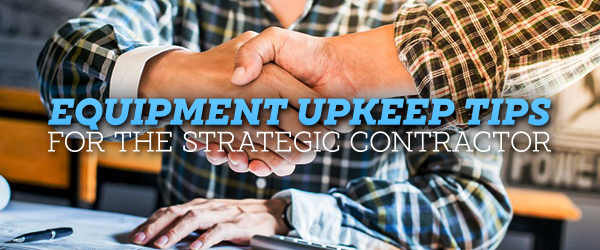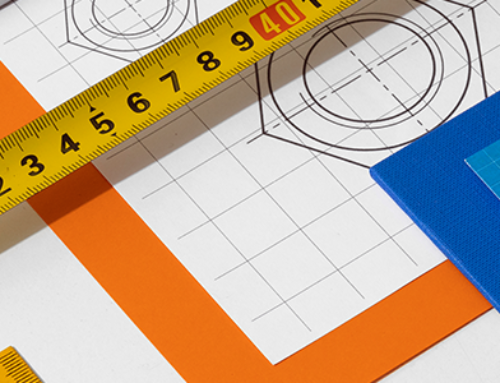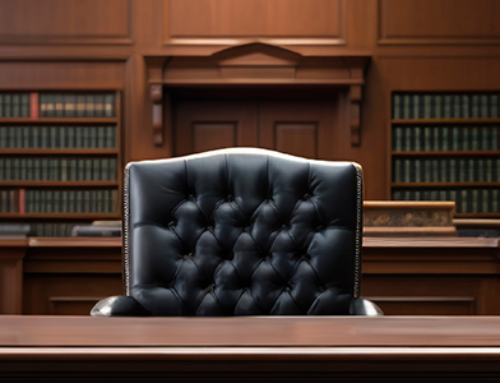Keeping your equipment in great shape is undoubtedly essential to the success of your building business. The costs of upkeep are often much less than the cost of purchasing a new piece of equipment, especially for heavy machines and new technology. You can break this type of upkeep into two parts: there’s the regular upkeep for the equipment you currently own (the immediate, small-picture upkeep) and then there’s preventative maintenance (long-term, big-picture upkeep). Both are important to keep your equipment working efficiently and making it last as long as you can. If you’re new to equipment maintenance or want to improve your upkeep, here are a few tips for both types of maintenance.
Upkeep Steps for Maintaining Your Heavy Construction Equipment
Keeping your heavy construction equipment adequately maintained is essential and prevents unexpected breakdowns and costs. By following these tips, you can keep these expensive investments working properly.
- Keep accurate operational records and checklists of service needs. If you know what each piece of equipment needs when serviced and how often it should be serviced, you’ll be able to keep up with maintained more easily.
- Clean your equipment regularly to prevent oils, grease, dirt, debris, and other grime from building up and causing trouble. If you use equipment out in the field where it regularly gets dirty, you may need to clean it once a week. For other tools, monthly cleaning may be more appropriate.
- Keep track of fluids used by equipment (antifreeze, oil, etc.) and replace them as needed. Also, make sure to keep all of your equipment lubricated to prevent grinding and the wear down of gears and other parts. Regularly check for leaks and take steps to repair any you find as well.
- Do your best to cover any exposed electrical wiring on equipment that is used or kept outdoors. Ideally, wiring should all be concealed via plates on the machinery, but when it’s not, make sure to cover the equipment with a tarp or park it under a shelter when not in use.
- Check the axles and tires regularly for wear and tear, replacing them when needed. It’s also possible that your equipment could come out of alignment, especially when driving over rough terrain. Have the wheels realigned regularly to prevent further damage.
Tips for Preventative Maintenance
Preventative maintenance is designed to help slow down the degradation of your equipment and prevent damage before it occurs. By following these maintenance tips, you’ll also be able to avoid unexpected and costly breakdowns plus reduce the chance that something will go wrong with the equipment and cause an injury.
- Understand the equipment you’re purchasing, including the maintenance costs and how often it will need service. This can help you create a regular preventative maintenance schedule and make you aware of the costs involved.
- Train your employees on how to operate the equipment and on how to perform basic preventative maintenance and repairs such as keeping equipment as clean as possible. When dirt and debris build-up, it can lead to rust and other damage. Operator training will also help reduce unnecessary wear and tear while also preventing accidents. Technician training can help cut back on how much money you spend on preventative maintenance by doing it in-house. You can always swap this training for dealer-provided maintenance, but doing it yourself may be more cost-effective in the long run.
- Create a preventative maintenance schedule for all of your equipment and make sure that the maintenance is done regularly. By planning ahead like this, you’ll also be able to plan for the time your equipment is unavailable for use, making your construction crews continue to work at peak efficiency.
- Consider bulk purchases on components and other consumables such as oil. It may be more cost-effective to purchase large amounts at once, plus this also ensures that you always have the items on hand that you need during maintenance.
- Keep track of the size of your fleet, staff, and facilities. At times, it may be more cost effective to replace several small machines with one large one. At other times, that may not be the case. Always consider the benefits to both before making a decision.
- Finally, consider the costs of repairs versus purchasing new equipment. Preventative maintenance may be able to save you a lot of money in keeping equipment running. But there may come a time when the cost of repairs and maintenance is more than the cost of buying something new.
Create a Preventative Maintenance Program that Works for You
Don’t just copy and paste someone else’s preventative maintenance program. While they may cover a lot of the maintenance you need, these plans may not cover everything. You need to create your own preventative maintenance schedule and plan that works for all of your equipment. Partnering with Small Business Growth Partners is a great way to get help designing this plan so that it provides you with all of the maintenance needed.






